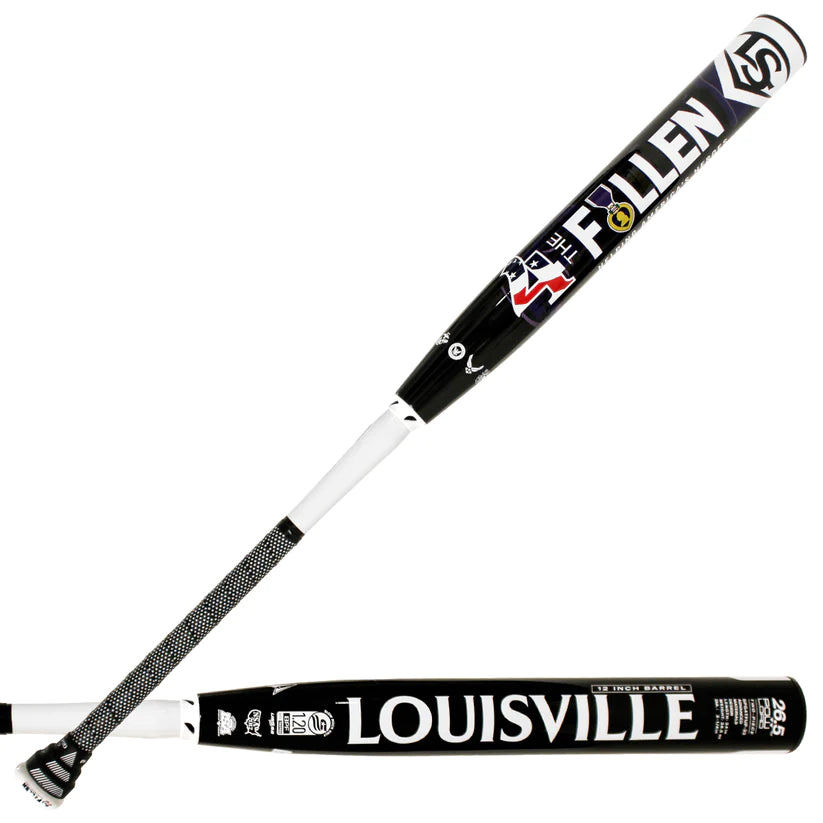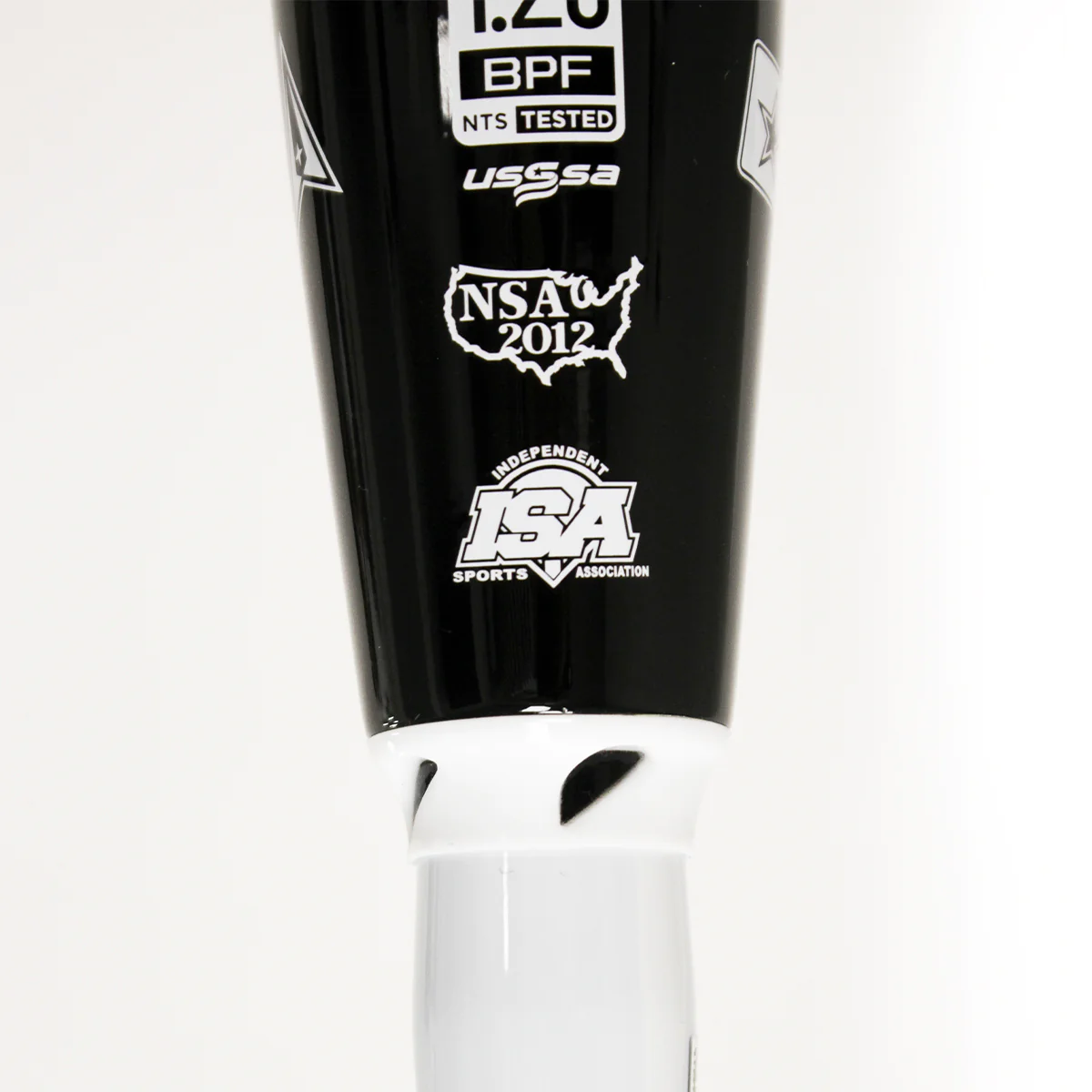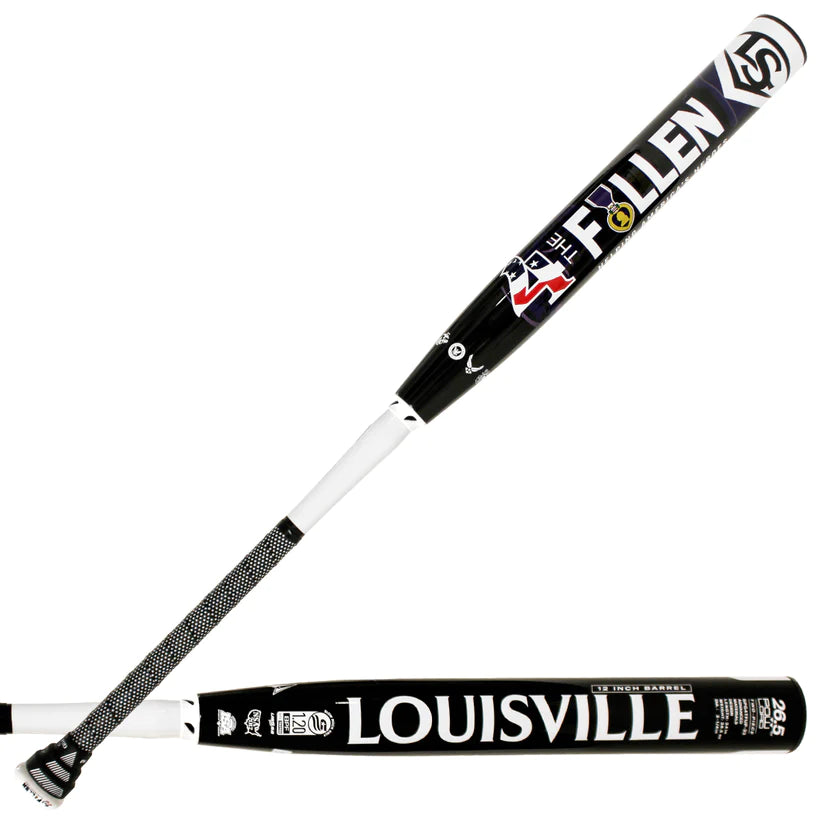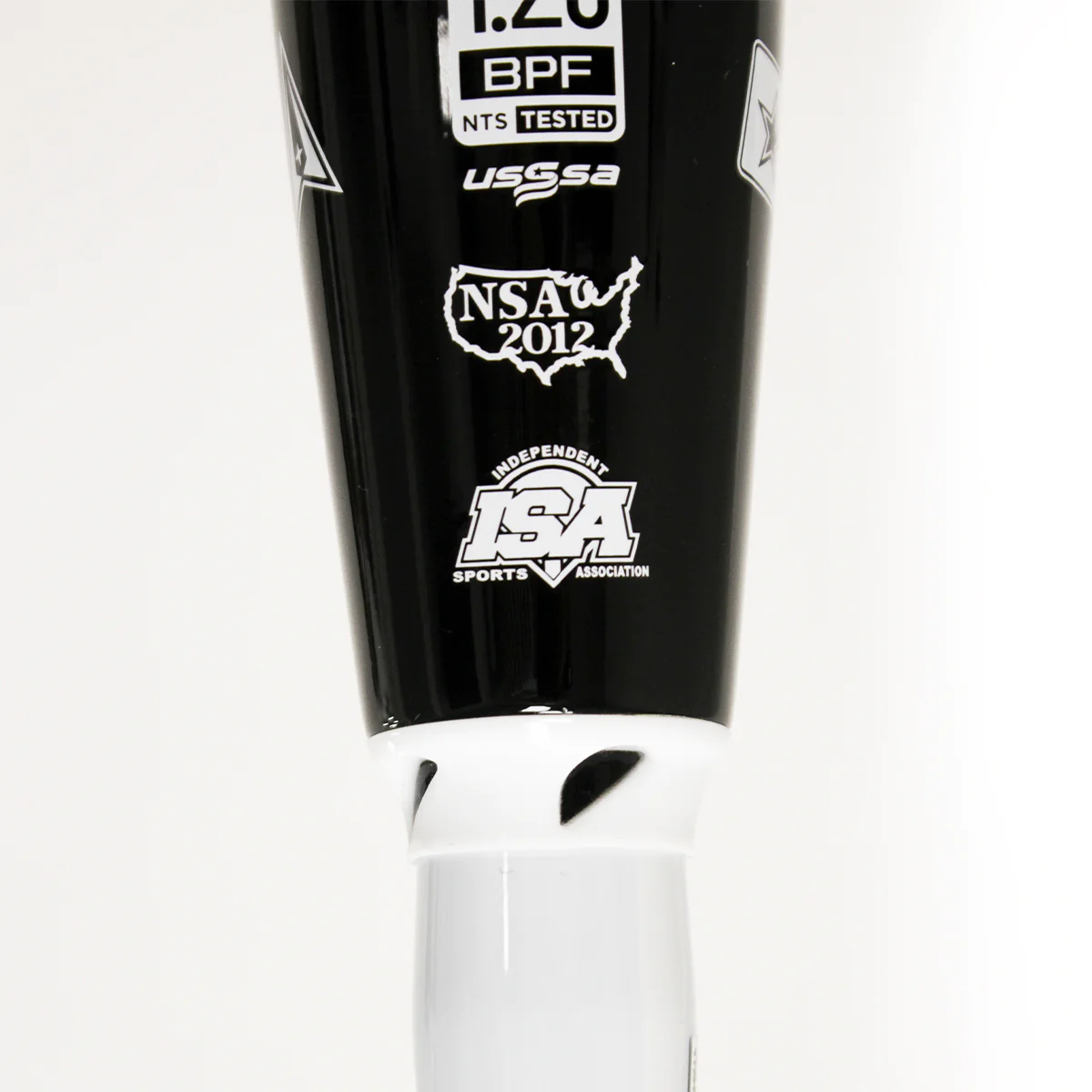

Softball bats
The information below will help you better understand the differences between softball bats and help you choose the ideal bat for you.
Certifications:
Before purchasing any softball bat, it is your duty to find out which certification(s) are required in your league to be able to use the bat in part. Each league may have strict and different regulations.
*Note that once the stick is unwrapped from the plastic, it is no longer exchangeable or refundable. So check with your league to see what is legal before purchasing a stick.
For example, for Softball Quebec (2021), the standards are as follows:
*Note that the standards are summarized in order to give you an example. See the link at the end of the list to find out more.
- All poles must have the new USSSA 2020 Certification Mark (NTS) OR the old USSSA 2014 logo
- The bat must have the ISF 2005 or WBSC Certified logo and appear on the WBSC Approved Bats List (ISF)
- The bat does not have the ISF 2005 logo, but it does have an ASA 2000 , ASA 2004 or USA Softball certification mark and is not on the USA Softball (ASA) list of non-regulatory bats.
- Bats must meet WBSC/USA Softball compression standards
- A bat that only bears the ASA 2013 or USA Softball mark is not legal.
The site was accessed on February 15, 2021.
To see the rules in detail, check that they are still up to date and see the lists mentioned above, consult the following link: Softball Québec
What do these certifications mean?
The details below will help you better understand pole certifications and the importance of them.
- ASA: Amateur Softball Association
- NSA: National Softball Association
- USSSA: United States Specialty Sports Association
- ISA: Independent Softball Association
- ISF: International Softball Federation
* WBSC certification equivalent to ISF 2005 .
* ASA has been renamed and is now USA. Both stamps are legal and the USA stamp will be used from now on.
What are the differences?
The major difference between the different certifications is the performance of the stick. The ASA is normally considered the association with the most strict standards. Bats approved by the ASA must meet the batted ball standard of 98 MPH while bats approved by the USSSA and other associations can have balls batted at 100+ MPH and a BFP (Bat Factory Performance) of 1.20.
BPF is the increase in power when the ball is hit versus the power of the return of a ball thrown at a wall. For example, a 20% increase in rebound would equate to a BPF of 1.20.
Difference between weights:
Softball bats range in weight from 25 to 28 ounces. To choose the ideal weight, it will always be best to start with different poles to choose the one with which you are most comfortable.
- People with quick hands should play with a heavier club, which slows them down on the swing so the ball is hit between the lines. A stick that is too light will result in hitting the ball outside the lines of play (foul ball) on the opposite side.
- On the contrary, people with slower hands are better off using a lighter stick. A stick that is too heavy will delay your swing, which will also result in hitting the ball outside the lines of play (foul ball).
The goal here is to find the right balance to have the heaviest club possible that allows you to swing easily, because a heavier club throws the ball with more force.
Weight distribution in the stick:
- Balanced : The weight of the stick is distributed evenly throughout the stick. These are the favorite bats of contact players and those who prefer to have control over the ball and better place the ball on the court.
- End Load : The stick has an additional load at the end of the barrel to provide more momentum. These bats are often used by players who prefer to hit with power and aim for home runs.
- Maxload: 0.5 oz extra at the end of the stick.
- Supermax: 1 oz extra at the end of the stick


